History of Halloween
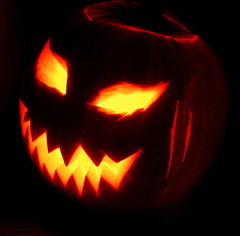
October 27, 2016
As Halloween slowly creeps up on all of us, most of us will celebrate with candy, maybe a costume party, bobbing for apples, and trick or treating for the little ones, but we tend to take part in the festivities of Halloween without really knowing the history of it all. Here, we will be pointing out the history of the holiday, “Halloween,” and why we partake in the activities we do.
It is widely believed that Halloween stems from an ancient pagan holiday called Samhain, which was celebrated by the Celtic peoples over 2,000 years ago (1). The Celts were a people that lived in Ireland, the United Kingdom, and parts of Gall, (now known as France). The holiday was celebrated on the evening of October 31, before the Celt’s New Year, (November 1). This was because it marked the end of summer and the start of winter, and to the Celts this time of the year was often associated with human death, since it was the end of the harvest. The Celts believed that on the night of Samhain ghosts would come back and haunt them, possibly cursing their village with bad luck. On Samhain, Celtic priests and druids would build sacred bonfires where people would gather and burn crops and animals as a sacrifice to the Celtic gods and spirits. They wore costumes normally made out of severed animal heads and skins, which is where the tradition of wearing costumes on Halloween is believed to have originated. The Celtic people would do this and tell each other’s fortune and the druids would predict the future of the village.
By the year 43 A.D., the Roman Empire had conquered most of the Celtic territory, and along with their own beliefs they also incorporated some ideals from Celtic paganism, and on the day that was once Samhain they celebrated two other holidays. They celebrated the feast of Pomona, which honored the goddess of fruits and trees, and they also celebrated Parentalia, a festival that honored the dead. On the feast of Pomona, it is known that the symbol of the goddess was an apple, which probably explains the tradition of “bobbing for apples” which is still practiced to this day. Around 609 A.D. Pope Boniface IV made the pantheon in Rome in honor of Christian martyrs, thus beginning the feast of All Martyrs Day on November 1. Later on in history Pope Gregory III also included saints in All Martyrs Day, later naming it to All Saints Day or All Hallows Day, making the day before All Hallows Eve, thus giving way to the name “Halloween” (2). It is also thought by the ninth century, a process called “souling” arose. On Halloween, the poor would go to houses of wealthier citizens and would receive pastries called soul cakes in exchange for a promise to pray for the homeowner’s dead relatives (3). This tradition was also practiced later by children, where they would go around in costumes for offerings, which began trick or treating.
In terms of the history of Halloween in America, when the first colonies emerged the holiday was more celebrated in Maryland and other southern territories, and along with other Celtic and Catholic traditions, Native American traditions started to also influence the holiday (1). Tales of the deceased and the classic “ghost story” began to arise more and more and become more popular, during the mid-19th century when more Irish immigrants moved to America to escape the potato famine. It was during this when Halloween became a bit more of a major holiday in America. The rest is, as they say, history and Halloween has since morphed into a social/community event focused around children, costumes, and lots of tasty treats.
Sources:
(1): http://www.history.com/topics/halloween/history-of-halloween
(2): https://en.wikipedia.org/wiki/Halloween
(3): http://www.history.com/topics/halloween/history-of-trick-or-treating
Picture: https://en.wikipedia.org/wiki/Halloween



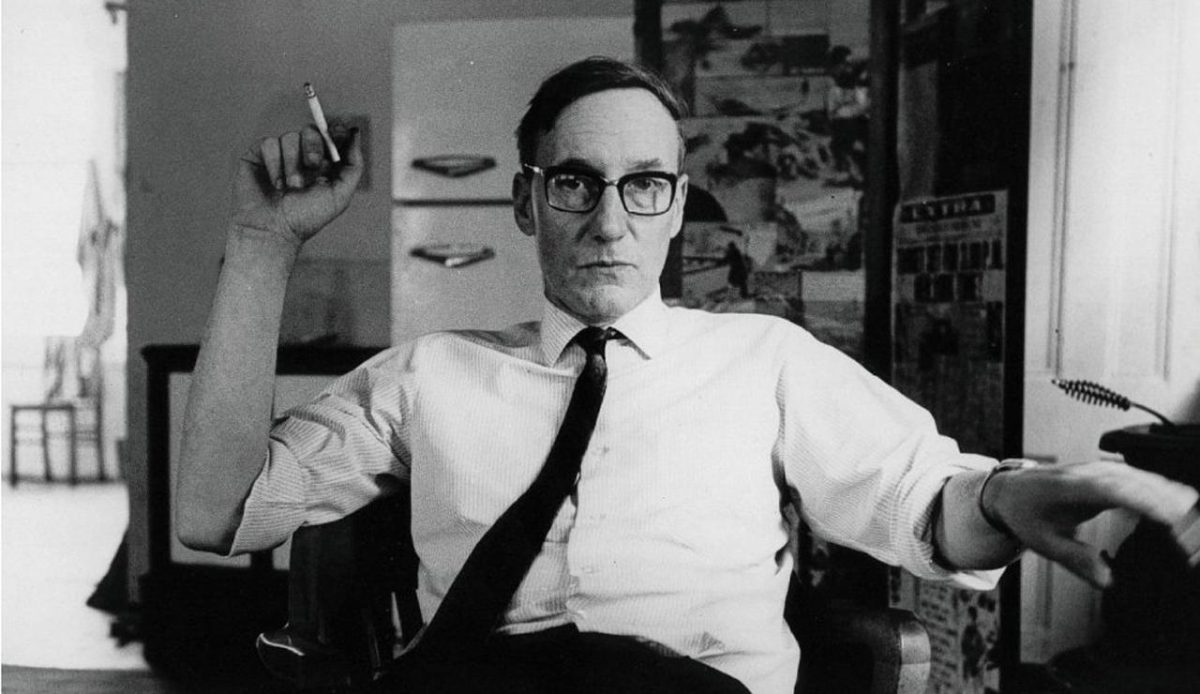

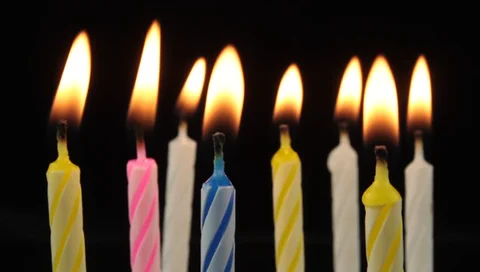
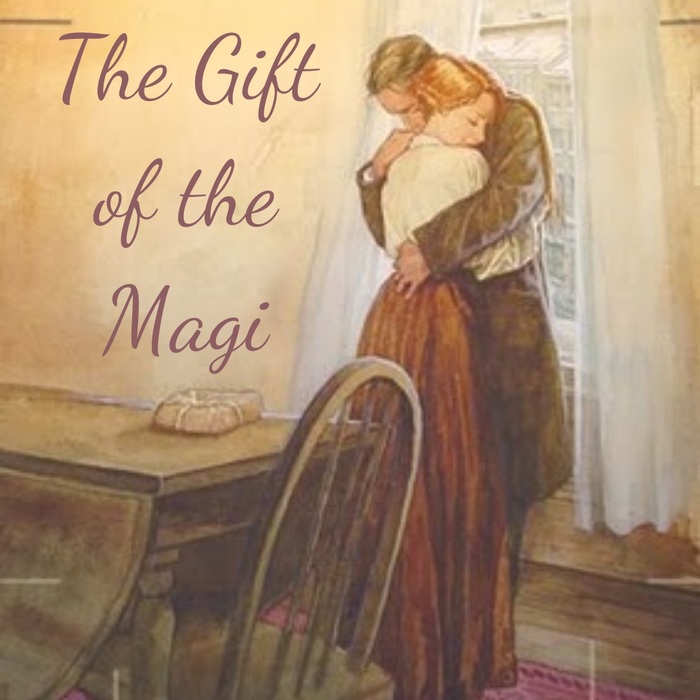


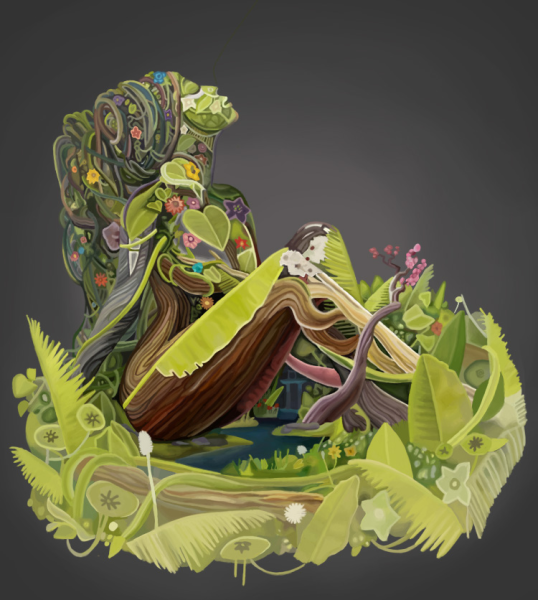






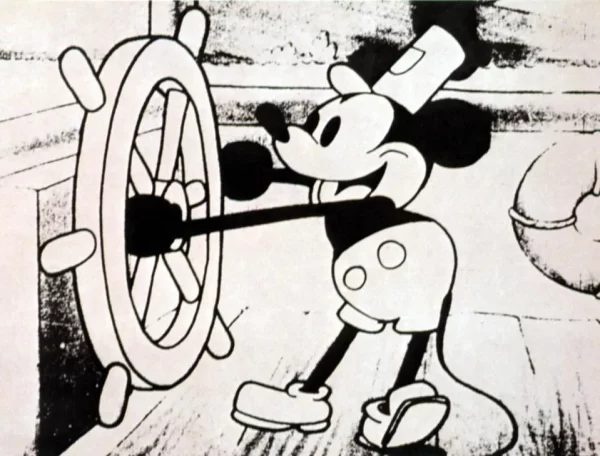
anthony ramienski • Oct 27, 2016 at 9:29 am
Well done!!! Great Read!!!
Anthony Ramienski